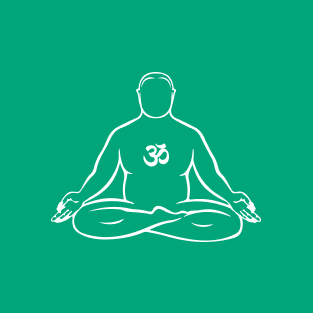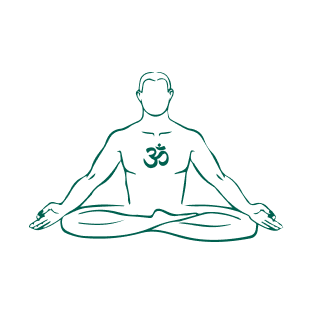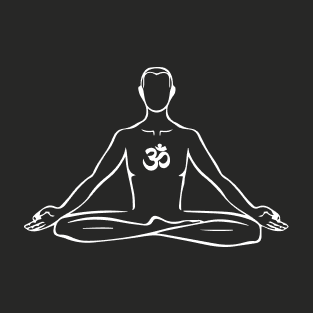Dosha
Test
Which Dosha Type are you?



It is believed that all three energies are present in every person, with one being the most dominant from birth. Factors influencing this include the constitution of the parents and embryonic development. Sometimes, the individual balance of the Doshas can be disrupted by stress, poor diet, or an unhealthy lifestyle. Knowing your constitution type allows you to take simple measures to restore balance and harmony among the Doshas.
To determine your Dosha, simply answer the following questions in the Ayurveda self-test. Multiple answers are possible. At the end of the page, you can read about what the results mean for you and what you should pay attention to in the future.
Discover your Ayurveda type with our free online test. Based on your answers, it will determine which of the three Doshas – Vata, Pitta, or Kapha – is most dominant in you. Knowing your inherent constitution type can help you take simple steps to balance the three forces, leading to better health, strength, and tranquility in daily life!
Debug Information
Vata: 0
Pitta: 0
Kapha: 0
VATA, PITTA, OR KAPHA?
Explained in Detail
From the Dosha test, you now know your dominant life energy. The next step is to adopt a lifestyle that aligns with your Dosha type. When your Doshas become imbalanced, various symptoms can develop, depending on which Dosha is in excess. By applying specific Ayurvedic measures, you can restore balance and promote the healthy development of both body and mind. Sometimes, the Ayurveda type test does not yield a clear result. In such cases, two Doshas may be dominant, or one may be in excess while a second is close behind. If the Dosha test produces such a result, you are a constitution type with two dominant Doshas. Here are our tips for all possible combinations: